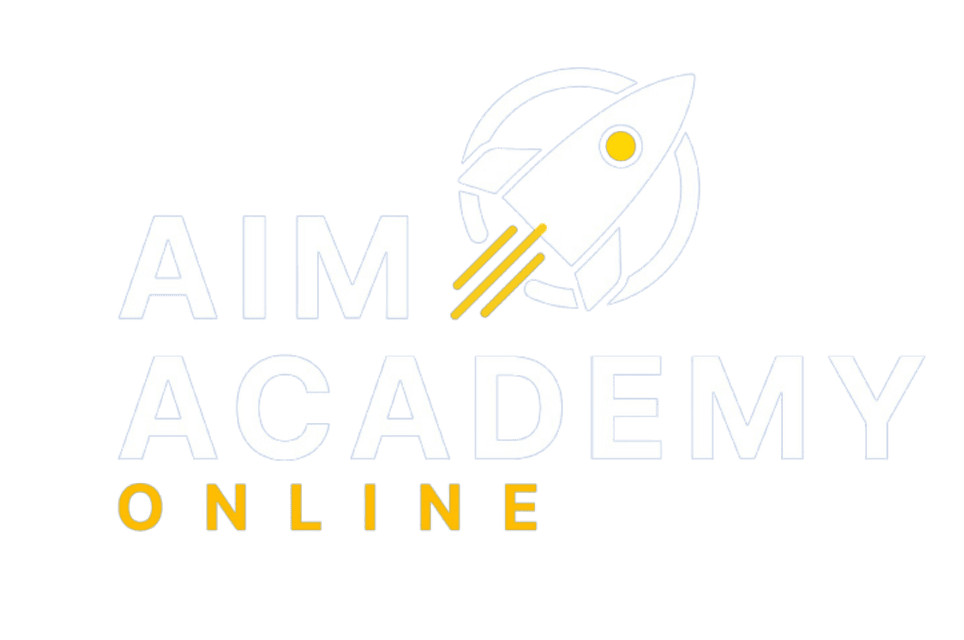Course Description
Film Syllabus coming soon
Why do we watch some movies over and over again? What do Star Wars and Barbie have in common? How does Hitchcock keep us on the edge of our seats? Find out as we look at the magic that makes a movie work.
In this high school-level intro to film class, students will gain a deeper understanding of how films work as they begin to look at cinema through a critical lens (just like they do with literature.) Through weekly discussion, journaling, and creative assignments, students will explore how elements like narrative structure, mise-en-scène, cinematography, editing, sound design, visual effects, and music help shape a film and impact an audience.
Students will learn the history of cinema, from early silent films to the blockbusters of today. They will identify the styles of different genres (such as the screwball comedy, western, and film noir) and learn how major film movements, studios, and directors influenced filmmakers today. Films will be studied from a cultural perspective, looking at the historical trends and events that influenced them and the ways those films impacted society.
Course Objectives
Through this course students will:
- Understand the key elements of film and their roles in conveying meaning and creating impact
- Identify literary concepts in film such as motifs, symbols, metaphors, theme, archetypes, allusions, and point of view
- Analyze the 3-act narrative structure of film as well as nonlinear storytelling styles
- Understand the filmmaking process from pre-production through production and post-production, as well as the various jobs required at each stage
- Identify key film movements and their characteristics, such as Hollywood’s Golden Age, German Expressionism, and the French New Wave
- Examine films as a reflection of the time and place that created them, evaluating how historical contexts and social concerns influenced film production
- Understand the impact of inventions and changes in motion picture technology and techniques, including how Hollywood’s studio system developed and has changed with the advent of home video, streaming, and indie filmmaking
- Understand auteur theory and its application in viewing the work of individual directors
Course Structure
Students will typically watch one film each week outside of class. Please make sure that you have access to the film before the scheduled viewing date.
Assignments will be a mix of journaling and discussion to develop students’ analytical skills as well as creative assignments where they’ll learn to think like a writer, director, editor, or designer. Creative assignments include writing a short scene, designing shots and storyboards, and practicing techniques to add sound to a scene.
Students will work together on at least two creative group presentations – a mock Oscar ceremony and a marketing campaign where they’ll strategize the best way to advertise an upcoming film.
Each semester students will research and create a presentation on a filmmaker, focusing on their style, influences, and significant films.
Who should enroll?
High school students in grades 10–12 who enjoy watching and discussing film. Previous film experience is not required. Mature 9th graders may be admitted with approval from the instructor.
Technology Requirements
- High speed, broadband Internet
- Headset and microphone (for live sessions)
- Streaming video capabilities to watch recorded lectures
Evaluation and Feedback
Since this class is focused on developing students’ appreciation of film and critical thinking skills, I believe that growth is as important as grades. Students will receive written feedback on all creative and writing assignments.
One of the best ways to develop analytic skills is through discussion. Students are encouraged to not only discuss the films watched in class but also at home. Questions to think about will be provided for each film and will form the basis of our discussion in class.
Any type of art is subjective. Students are expected to be respectful and supportive of their classmates at all times. Not everyone likes the same films or shares the same opinion — except that SpaceCamp is one of the most underrated films of the 80’s!
Communication
I’m always available for questions from both students and parents. I can be contacted through Canvas or via email at mamos[at]aimacademy.online.





Reviews
There are no reviews yet.